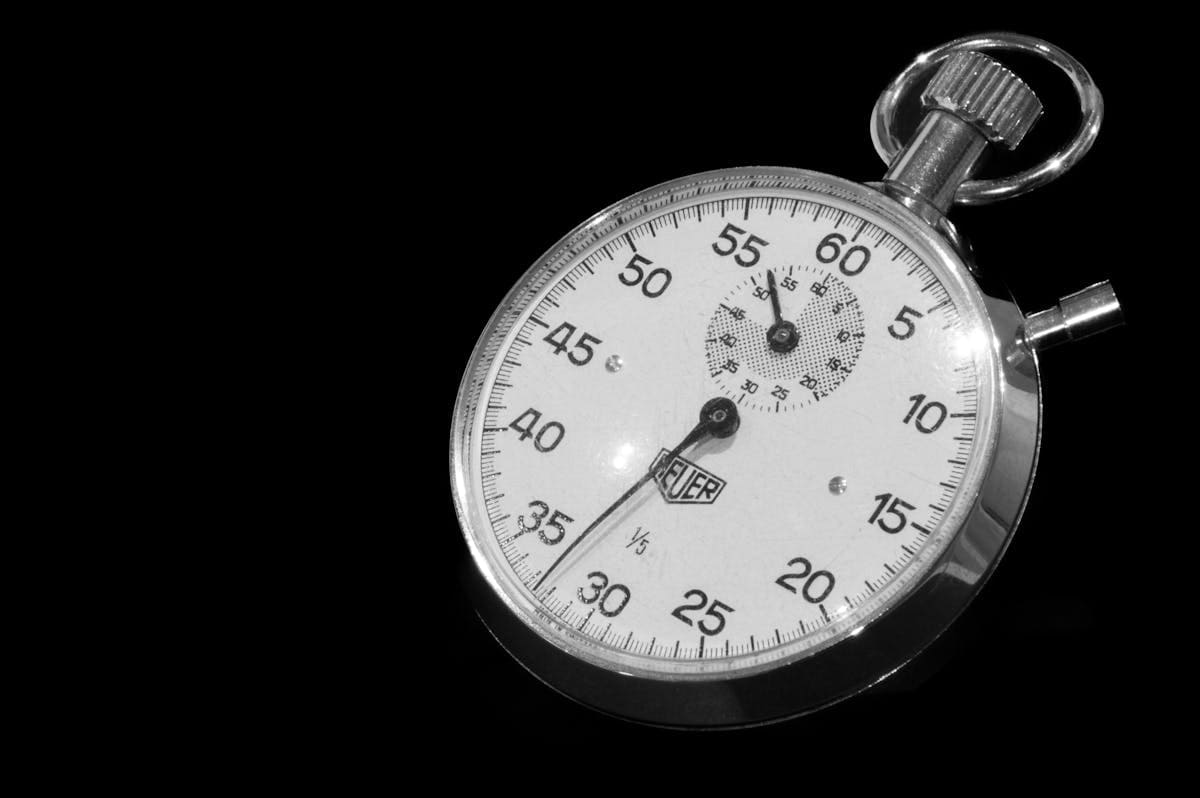
See how your digital experience stacks up.
Get the 2024 Digital Experience Benchmark Report and Interactive Explorer for the metrics that really matter.

Even though slow page loads and rage clicks declined in frequency this year, slow website loading is a critical issue that directly impacts website performance, leading to user frustration and negatively impacting the digital experience.
The primary reason for a slow website is often the size and complexity of the website itself. High-resolution images, an abundance of scripts and stylesheets, and excessive use of plug-ins all slow down your web page loading times. Keep reading to dig deeper into the primary causes of slow-loading websites and how to fix them.

See how your digital experience stacks up.
Get the 2024 Digital Experience Benchmark Report and Interactive Explorer for the metrics that really matter.
JavaScript, a vital component in web development, can inadvertently lead to slow website performance when not correctly optimized. When a browser encounters a JavaScript file during the website loading process, it must pause all other tasks. It’s obliged to download, parse, and execute the script before loading the rest of the page,
a process known as JavaScript blocking, which significantly impacts website speed, contributing to slow page loading times.
The size and quantity of JavaScript files on a web page significantly affect website speed optimization. Larger files demand more time to download, parse, and execute, which extends the overall website latency. Multiple JavaScript files compound this issue, as the browser must repeat the blocking process for each script. This repetition slows down your website, leading to a sub-optimal user experience. Unused or unnecessary JavaScript files further contribute to slow-loading issues.
Addressing these JavaScript-related issues necessitates careful website optimization strategies. Here are a couple of solutions to fix slow page loads caused by JavaScript:
While JavaScript is essential for creating dynamic, interactive websites, it can also contribute to slow website performance if not properly managed. Understanding the impact of JavaScript on your website speed and implementing appropriate website optimization strategies helps you significantly improve your page loading time. This not only enhances the user experience but also positively impacts your website’s SEO ranking.

See how your digital experience stacks up.
Get the 2024 Digital Experience Benchmark Report and Interactive Explorer for the metrics that really matter.